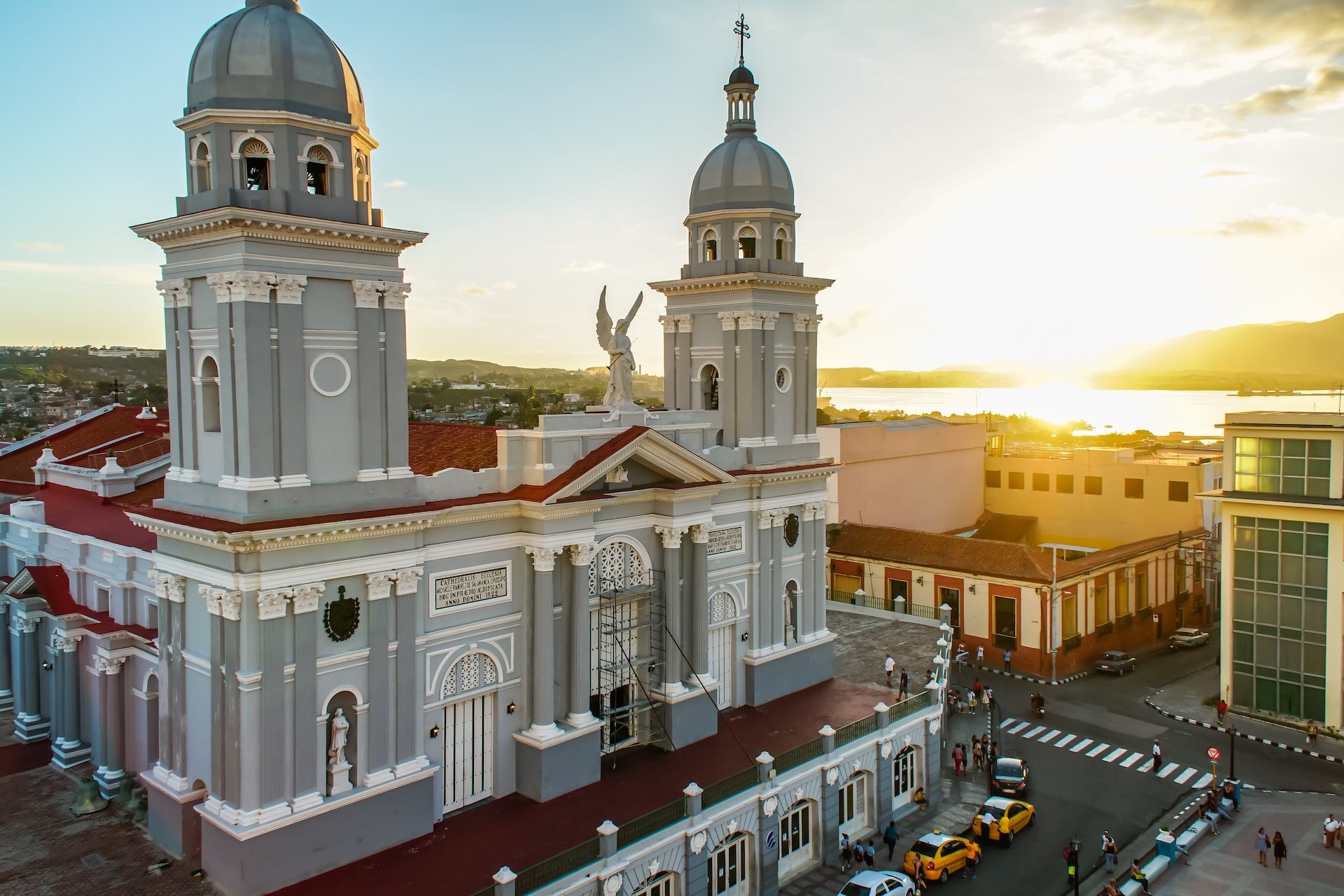Transportation in Santiago de Cuba is a complex but manageable system that can be confusing for visitors, but with a little bit of research and planning, you can navigate the city with ease. Santiago de Cuba is the second largest city in Cuba and is known for its rich history and culture, making it a popular tourist destination. The city is located in the southeast of the island and is the capital of Santiago de Cuba Province.
To get to Santiago de Cuba from other major cities in the country, visitors can take a bus or a train. Viazul is the main bus company in Cuba and offers service to Santiago de Cuba from other major cities such as Havana, Camaguey, and Holguin. The buses are air-conditioned and comfortable, but the trip can take several hours. Alternatively, visitors can take a train to Santiago de Cuba from Havana, which takes around 12 hours. The trains are also air-conditioned and comfortable, but they are less frequent than buses.
Once you arrive in Santiago de Cuba, the best way to get around the city is by taking a taxi. Taxis are readily available, but they are not metered, so make sure to agree on a price before starting the trip. It is also possible to take a horse-drawn carriage, which is a unique and fun way to see the city. However, it is important to note that these are not regulated and prices can vary greatly.
Another option for transportation in Santiago de Cuba is the Coco-taxi. These are small, three-wheeled vehicles that are powered by a small engine. They are a fun and unique way to get around the city, but they are not the safest option.
The ease of transportation in Santiago de Cuba depends on the mode of transportation you choose. Taxis and horse-drawn carriages are easy to find, but the prices can be high. Buses and trains are a more affordable option, but they can be less convenient. The Coco-taxi, while fun, is not the safest option.
The cost of transportation in Santiago de Cuba varies depending on the mode of transportation you choose. Taxis and horse-drawn carriages are generally more expensive than buses and trains. Coco-taxi fares are generally lower than taxi fares, but they can be unpredictable.
Safety is an important consideration when choosing transportation in Santiago de Cuba. Taxis and horse-drawn carriages are generally safe, but make sure to agree on a price before starting the trip. Buses and trains are also safe, but it is always a good idea to keep your valuables close. Coco-taxi are not regulated, and the vehicles are not always in good condition, so it is important to be aware of your surroundings and use caution when riding in one.
In conclusion, transportation in Santiago de Cuba is a complex but manageable system. Visitors can choose from a variety of options, including buses, trains, taxis, horse-drawn carriages, and Coco-taxis. Each mode of transportation has its own set of pros and cons, including cost, ease of use, and safety. With a little bit of research and planning, visitors can navigate the city with ease and enjoy all that Santiago de Cuba has to offer.



